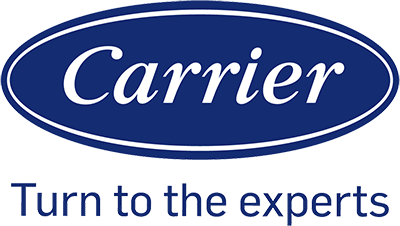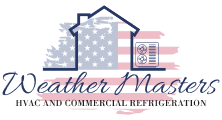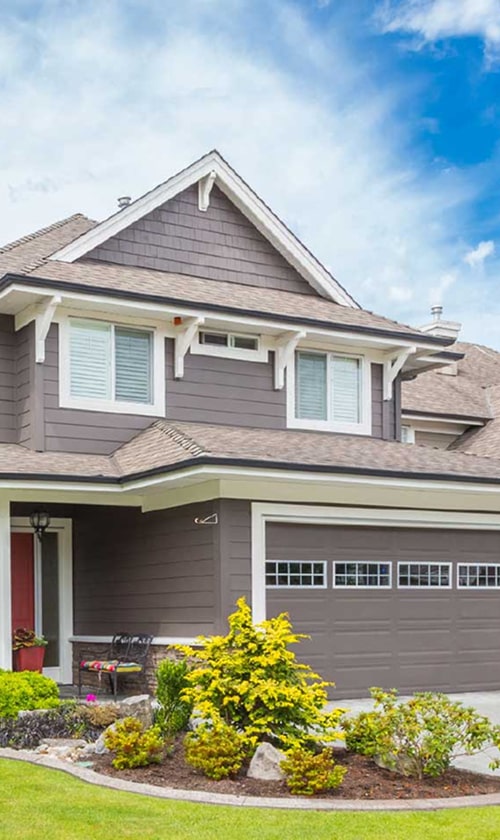Understanding Heat Pump Systems

To ensure effective maintenance, we must first understand the intricacies of heat pump systems, including the different types available and how they operate.
Types of Heat Pumps
Air Source Heat Pumps (ASHPs): These are the most common type of heat pumps. They transfer heat between the inside of a building and the outside air. They can provide heating and cooling effectively in moderate climates.
- Geothermal Heat Pumps (GHPs): Also known as ground source heat pumps, these systems harness the stable temperature of the earth to transfer heat. They require buried pipes in the ground and are more consistent in performance regardless of the outside air temperature.
Hybrid Heat Pumps: These integrate ASHPs with a backup system, often a furnace, which activates when temperatures are too low for the ASHP to operate efficiently alone.
Ductless Mini-Split Systems: Ideal for spaces without existing ductwork, these heat pumps provide targeted heating and cooling to specific zones within a building.
Absorption Heat Pumps: Often powered by natural gas, these are less common in residential settings and more suited to industrial applications.
Heat Pump Operation Basics
Heat pumps use a refrigerant to transfer heat. In heating mode, the refrigerant absorbs heat from the outside air or ground and moves it indoors. During cooling, the process reverses, with the refrigerant removing heat from the inside air and releasing it outdoors.
- Heating Cycle:
- Step 1: Absorbing heat from an external source into the refrigerant at low temperature.
- Step 2: Compressing the refrigerant, which raises its temperature.
- Step 3: Releasing the now warm refrigerant into the indoor space.
- Step 4: Refrigerant cools down as it releases heat, then cycles back outside to repeat the process.
- Cooling Cycle: Essentially the heating cycle in reverse.
- Thermostat & HVAC Integration: The entire system is typically managed by a thermostat, which ensures maintenance of the desired temperature. Heat pumps are part of a larger HVAC system, operating in concert with other heating and cooling components.
By grasping these concepts, we lay the foundation for understanding the best practices in maintaining these versatile and environmentally friendly systems.
Routine Heat Pump Maintenance

To ensure the longevity and efficiency of our heat pump, we adhere to a regular maintenance schedule. By checking key components such as refrigerant levels and filters, and inspecting ducts, coils, and electrical connections, we can prevent common issues and maintain optimal performance.
Checking Refrigerant Levels
It’s crucial to maintain proper refrigerant levels as both low and high levels can reduce the efficiency of the heat pump and cause damage. We:
- Check refrigerant pressure: Use a gauge to measure the refrigerant pressure and compare it with the manufacturer’s specifications.
- Inspect for leaks: Look for signs of refrigerant leaks around the connections and coils.
Cleaning and Replacing Filters
Clean filters are essential for efficient airflow and maintaining air quality. We:
- Inspect filters monthly: Check the air filters every month and clean or replace them if they’re dirty.
- Maintain records: Keep a log to track filter inspections and replacements.
Inspecting Ducts and Coils
The ductwork and coils need to be free from blockages and buildup for the heat pump to function properly. We:
- Check duct seals: Inspect for leaks or separations in duct connections and seal if necessary.
- Clean coils: Ensure indoor and outdoor coils are clean and free of debris.
Examining Electric Terminals and Connections
Proper electrical functioning is essential for safety and reliability. We:
- Inspect terminals: Look for signs of corrosion or wear at the electrical terminals.
- Test connections: Tighten connections and apply non-conductive coating if required.
Enhancing Heat Pump Efficiency

To maximize energy efficiency and reduce utility costs, we must examine specific adjustments to our heat pump systems. Optimizing the operation of the heat pump not only improves system performance but also extends its life.
Optimizing Thermostat Settings
Proper thermostat calibration is crucial for heat pump efficiency. We recommend setting programmable thermostats to a consistent temperature during periods of occupancy. To illustrate:
- Summer: Set to 78°F during the day when home.
- Winter: Keep at 68°F when the space is occupied.
By applying these settings, we can reduce the overall load on our heat pump, leading to appreciable energy savings.
Sealing and Insulating Ducts
Effectively sealing and insulating our heat pump ducts prevents energy loss and enhances overall system performance. Below are specific best practices:
- Sealing: Use mastic sealant or metal tape to seal all duct joints.
- Insulating: Apply R-6 or higher insulation around ducts, especially those passing through unconditioned spaces.
Ensuring our ductwork is intact and properly insulated will allow for more even temperatures and improve operation efficiency, directly impacting our utility costs.
Professional Heat Pump Servicing

To ensure our heat pump operates efficiently and lasts longer, we must prioritize professional servicing. This involves two critical practices: scheduling regular technician visits and addressing potential issues promptly.
Scheduling Regular Technician Visits
We understand the importance of regular maintenance for our heat pump’s longevity and performance. It’s advisable to arrange for a qualified technician to service our heat pump annually. Our service appointment typically includes:
- Inspection and Cleaning: Checking for obstructions, cleaning filters, coils, and blower components.
- Performance Checks: Ensuring all components are fully operational.
- Efficiency Evaluation: Assessing the system’s efficiency and calibrating it for optimal performance.
Service Checklist:
| Stage | Task | Description |
|---|---|---|
| 1 | Visual Inspection | Visual inspection of overall system |
| 2 | Electrical Component Assessment | Checking and securing electrical connections |
| 3 | Lubrication | Lubricating motor and other moving parts as needed |
| 4 | Filter Replacement | Replacing or cleaning the air filter |
| 5 | Thermostat Check | Testing and calibrating the thermostat |
| 6 | Airflow Measurement | Ensuring adequate airflow across the coil |
| 7 | System Control Test | Verifying correct system start-up, operation, and shut-off |
Addressing Potential Issues
Heating repair should not be delayed when potential issues are detected. Prompt identification and resolution of issues prevent costly repairs and extend the heat pump’s life. We look for signs such as:
- Unusual noises: Indicative of loose or broken parts.
- Insufficient heating or cooling: Possibly due to refrigerant issues or air flow problems.
- Higher than normal energy bills: Sudden inefficiencies can signal a malfunction.
When we encounter these warning signs, we immediately contact a certified technician to service our heat pump and prevent further damage.
Our focus on these best practices in professional heat pump servicing assures us of a system that’s reliable, efficient, and cost-effective in the long run.
Seasonal Heat Pump Care
As we transition through the seasons, it’s crucial to ensure that our heat pump functions efficiently. Proper care enhances performance, extends its lifespan, and ensures energy-efficient operation.
Preparing for Winter
To prepare for the winter season, it is essential to perform a series of checks to keep the heat pump in optimal condition. First, inspect the outdoor unit for debris and clear away any foliage to maintain proper air flow. This prevents blockages that can inhibit performance. Ensure that the unit is level; if it is not, adjustments may be necessary.
Lubricate any moving parts, such as the fan motor and blower, following the manufacturer’s instructions. This reduces friction and wear. Check belts and motors for signs of wear or damage, and replace them if needed to prevent unexpected breakdowns during winter’s peak.
Examine for leaks in the refrigerant, and make sure the insulation on the refrigerant lines is intact. A compromised refrigerant line can affect both heating and cooling modes. Inspect the condensate drain—a clogged drain can cause water damage and affect indoor air quality.
Summer Maintenance Tips
During the summer months, our heat pump shifts its focus to cooling our home. To maintain optimal performance, we should clean or replace filters regularly to prevent strain on the unit and to keep air quality high. The cleanliness of registers and ducts impacts air flow; regular checks ensure unobstructed operation.
Review all electrical connections and ensure they have non-conductive coatings where necessary. The compressor and capacitors should be checked to avoid malfunctions during the hottest periods when these components are under the most stress.
Prepare an estimate of the system’s performance and consider a professional tune-up if DIY checks indicate potential issues. Such maintenance helps to avoid costly emergency repairs and ensures efficient energy usage throughout the summer.




